04 Feb Macrophotography in South Africa 2019
Every year I visit Cape Town, also known as the “Mother City”, in South Africa.
It feels like coming home rather than being on vacation or on a trip to the other end of the globe.
The diversity of both fauna and flora in South Africa is breathtaking and I have taken some of my favorite photographs here.
A lot of spectacular spiders and insects can only be found here. South Africa is home to some of the biggest green lynx spiders you can find: Peucetia viridans.
Earlier this year I was happy having found one, after I could only discover smaller species of Oxyopidae over the last years.
The following photos are just a small glimpse of the rich fauna in the Western Cape and also of what I photographed during the 2019 trip.
BARYPHAS AHENUS
These were definetly some of my favourite findings this year.
Though very different in habitus they (both sexes) still resemble similarities.
Sexual dimorphism is very common in jumping spiders, meaning that males and females may look very different in size, form, colours and patterns.
Often the male spider looks more colourful and spectacular in comparison to the female, which is often showing dull, greyish, desaturated colours instead.
The Baryphas ahenus couple was found sitting in the shrubs on the Hermanus cliff path.
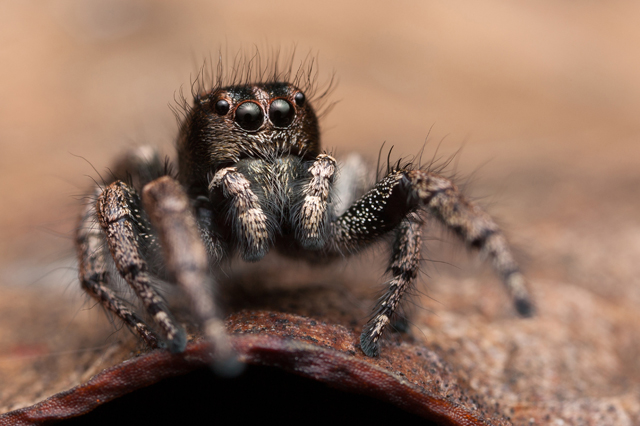
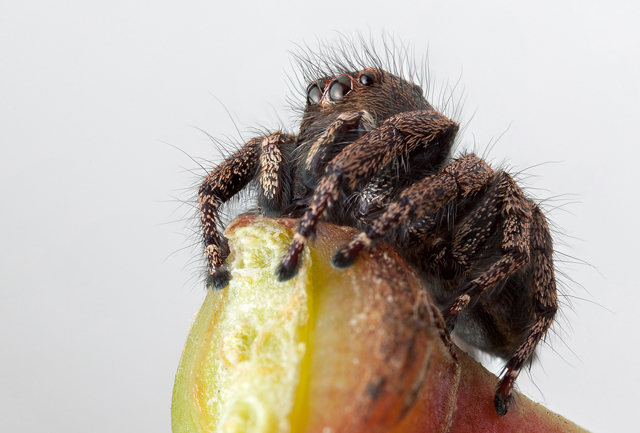
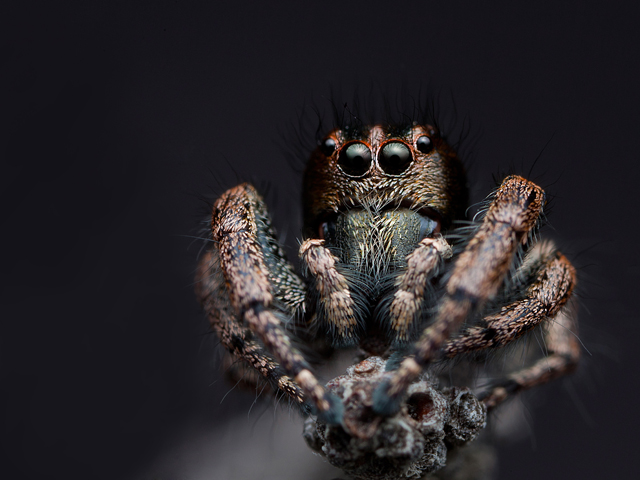
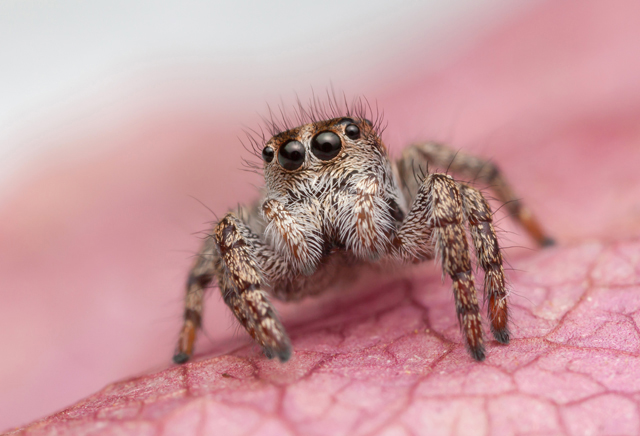
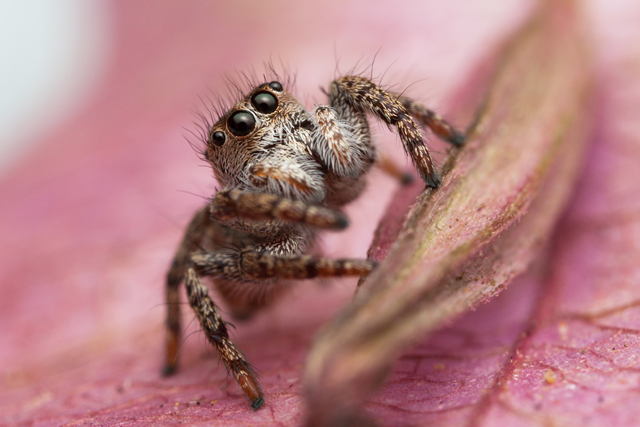
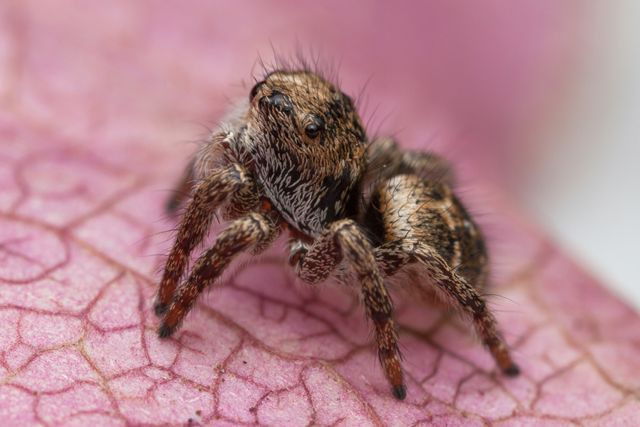
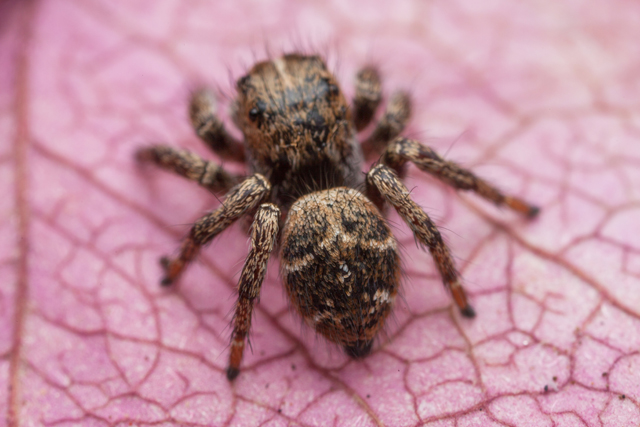
THYENULA sp.
Thyenula is a genus of African jumping spiders.
Roughly two dozen species have been described so far, mainly from South Africa.
Unfortunately I do not know yet which exact species I have found here, except that this seems to be male and female of the same beautiful Thyenula species.
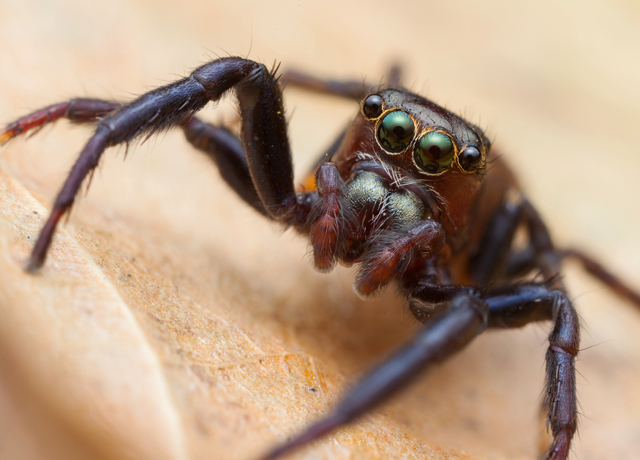
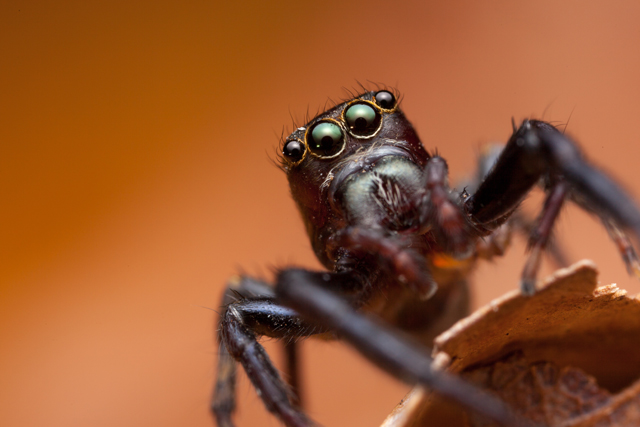
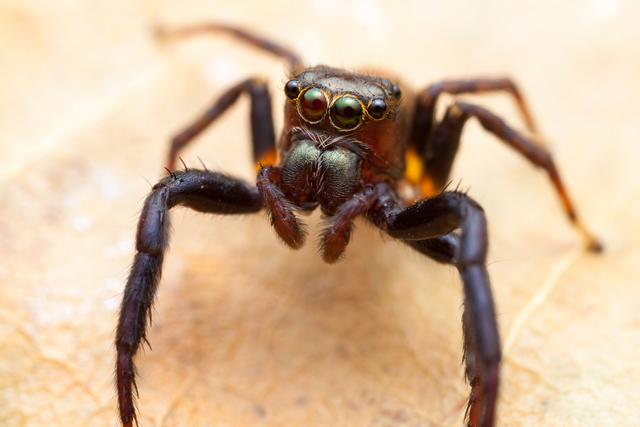
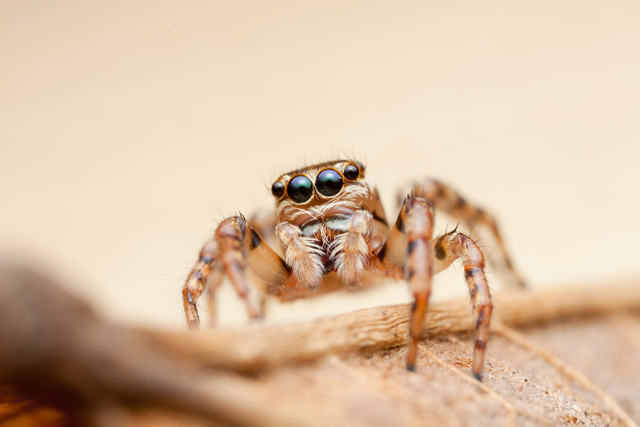
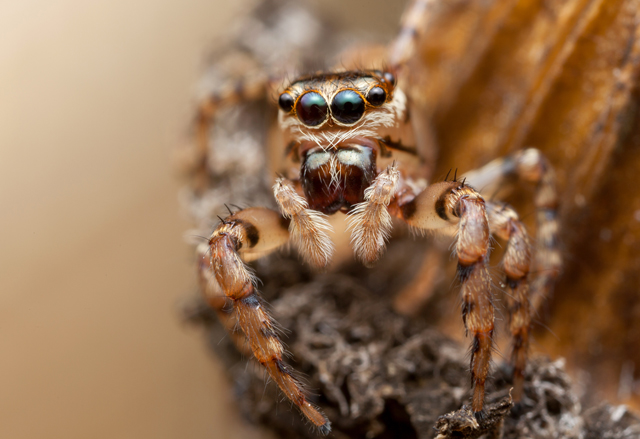
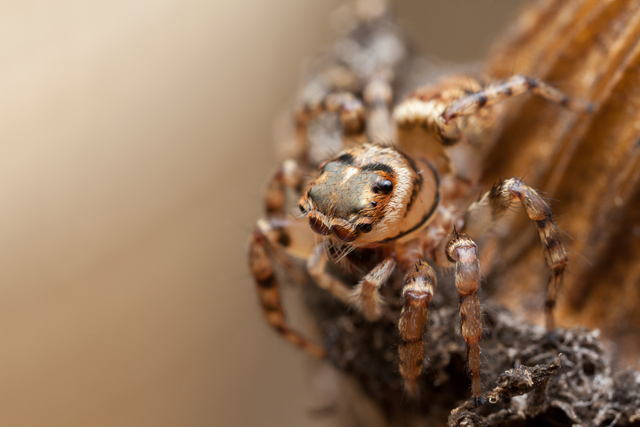
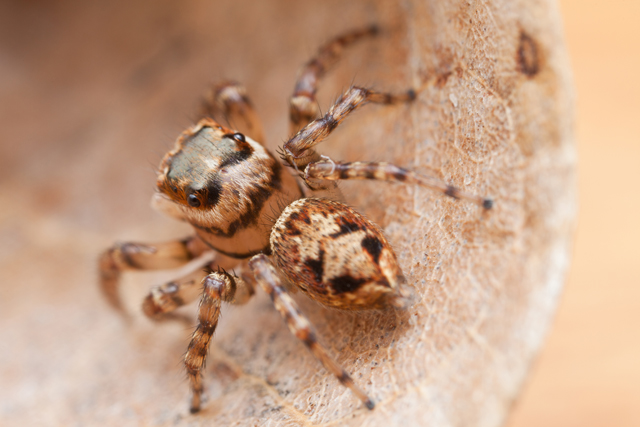
RHENE sp.
Another species I have been specifically looking for this year was the Rhene jumping spider.
These small salticids are often commonly called ‘cookie jumpers’ because of their flat appearance and the broad cephalothorax.
While I did not find any adult spiders I was lucky and brought home some photos of a tiny juvenile one.
Tiny meaning it was only 2mm in size. I will look for an adult spider in 2020 for some higher quality photos.
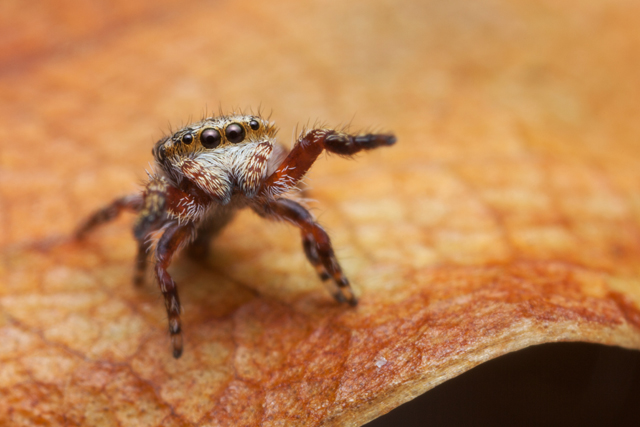
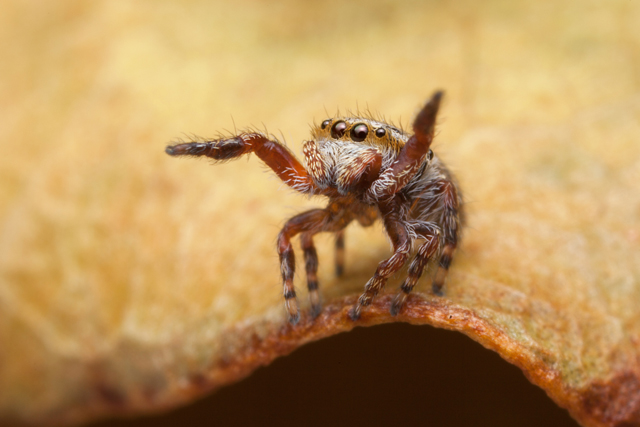
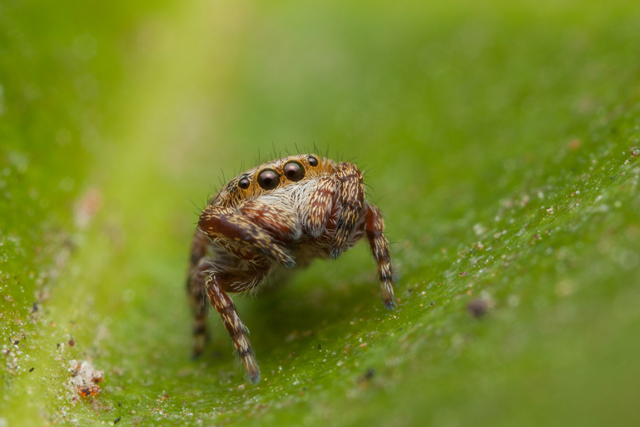
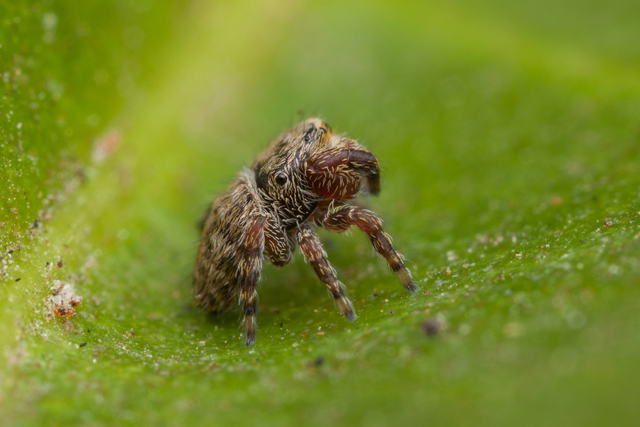
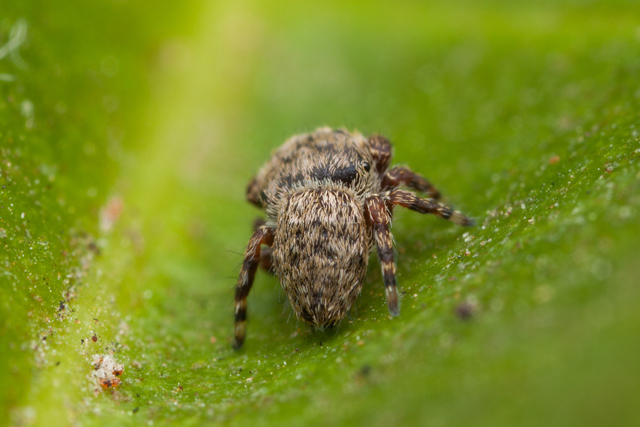
VELVET SPIDER
Velvet spiders (Eresidae) are almost entirely limited to the Old World.
Female velvet spiders show strong maternal care among arachnids.
Being cribellate, the bulky and short-legged velvet spiders use their woolly silk to ‘paper’ their tubes which they dig into the ground and use as retreat.
While exploring some hills near Stellenbosch University I found this Gandanameno species when i turned a rock.
It had literally glued together some pieces of bark and leaves with silk and was sitting right there to avoid predators and the hot african midday sun.
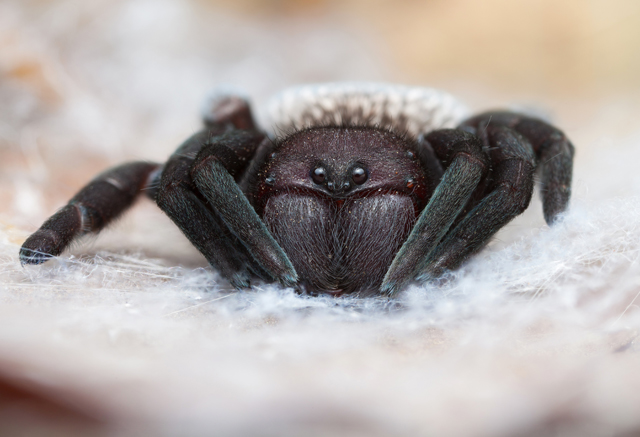
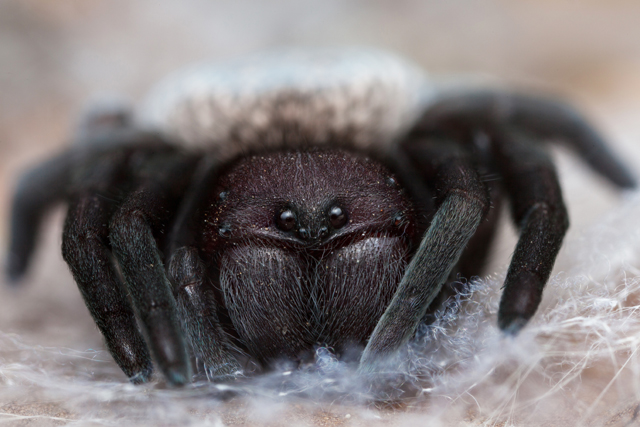
LYNX SPIDER
Oxyopidae show very different habits and adaptations.
They have impressive large spiny bristles on their legs which may also assist in confining the prey that they grasp, and protect the spider from attackers.
Most Oxyopes and Hamataliwa species are small to medium in size.
Peucetia viridis, the green lynx spider, however is a very big, rangy species in comparison.
These fascinating spiders are ambush hunters and wait well camouflaged on bark or stalks while others roam on the vegetation, some of them occupying flowers to ambushing pollinating insects.
Lynx spiders have excellent vision and are very fast, capable of performing big leaps – they can jump even further than big jumping spiders.
Peucetia viridis Lynx spider
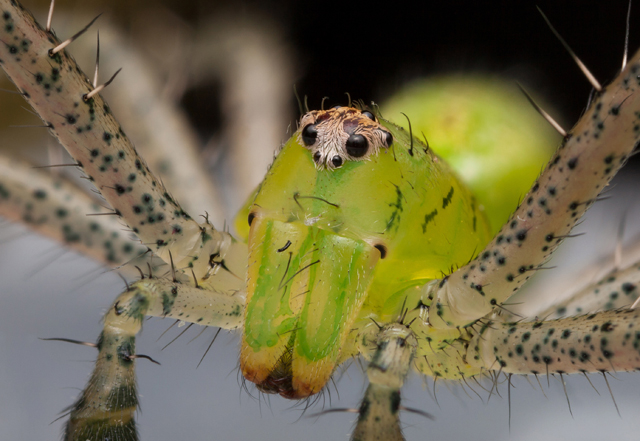
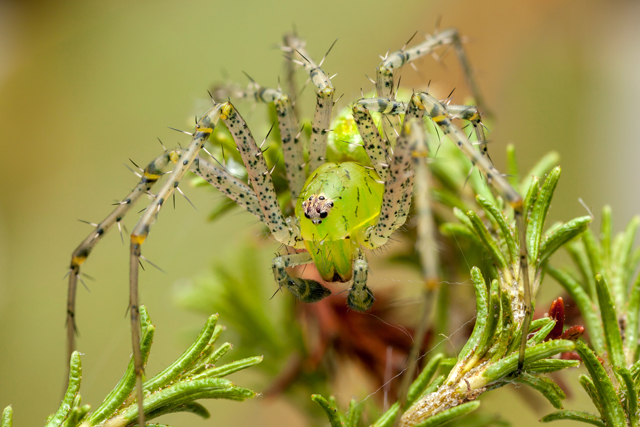
Oxyopes sp. Lynx spider
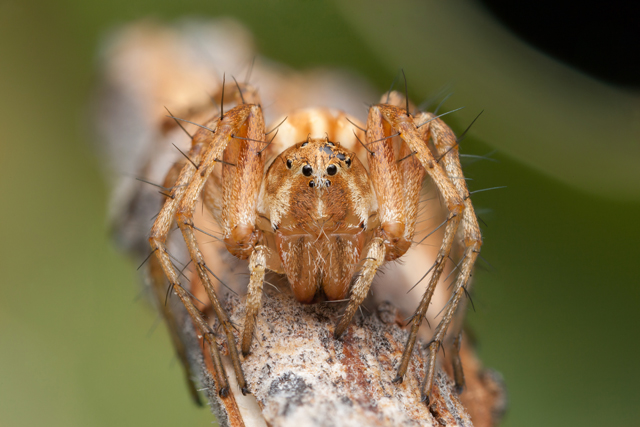
GREEN MANTIS
South Africa is home to a lot of mantis species. Praying mantises are known for their distinct raptorial forelegs which they use to capture prey and defend themselves from predators.
These mostly green and brown insects can be 1–17 cm in length and are capable to lunge with their slender walking legs.
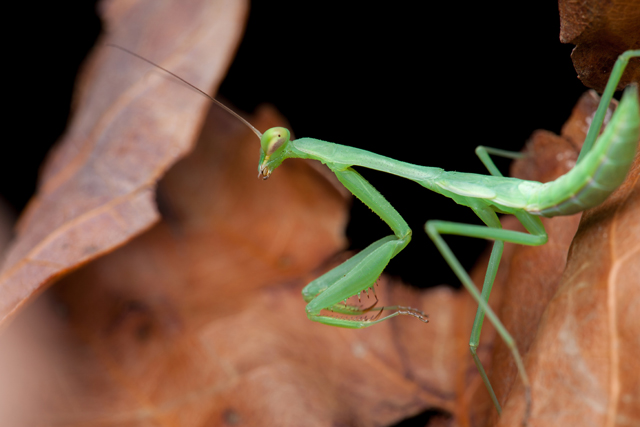
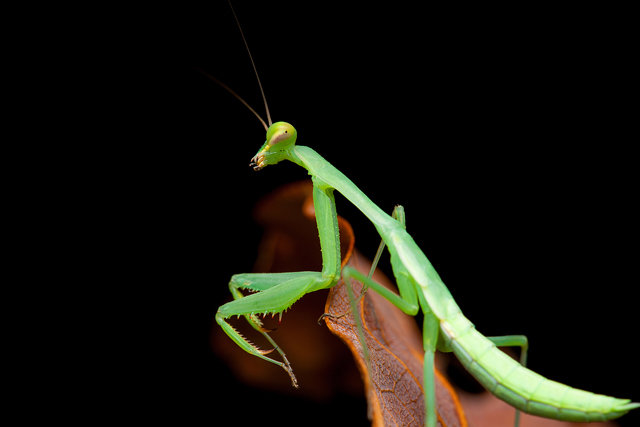
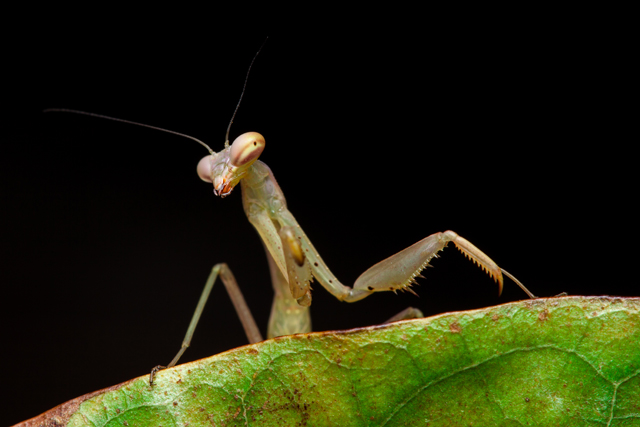
Boxer MANTIS (Oxypilus sp.)
In comparison to other mantis species the boxer mantis has very thick/broad arms, that look like boxing gloves when folded.
During an encounter of two specimens, they display their forelimbs and rapidly tremble them or wave them in slow arcs.
It is believed that they communicate with these patterns, probably signalling the other specimen that they are of the same species to prevent any attacks.
This Oxypilus species here was very small, not bigger than 6mm.
The cryptic and highly textured appearance lets this mantis blend in very effectively.
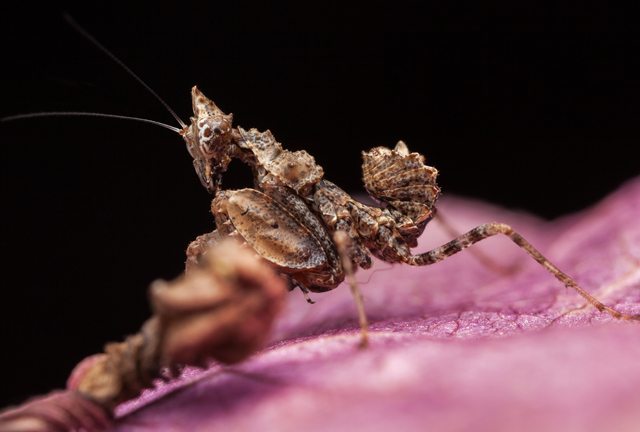
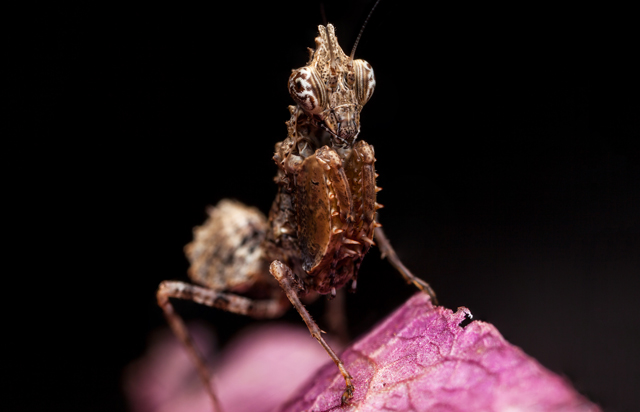



No Comments